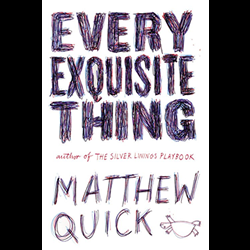THE STORY OF PELAGIE is an interactive app and website telling the story of an African American woman and her home in the 18th century.
Both the website and app tell the story of a former slave who became a free woman in Missouri. The interactive, digital story incorporates engaging video, primary source documents, and images from the historic Amoureux House. In addition to the story, a timeline is used to take readers through her life. Users can also go on an interactive home tour.
A teacher’s guide includes curriculum materials, lesson plans, resources, and activities to extend the experience. Links are provided to useful resources and documents to extend the experience.
Librarians will find this app and website to be useful in discussing history, culture, and architecture within the context of a specific person and place. Work with the social studies and history teacher to weave this rich, little-known history into the curriculum.
To visit the website, go to http://amoureuxhouse.org/
To download the app, go to https://itunes.apple.com/…/bauvais-amoureux-hou…/id853313105.
To download the app, go to https://itunes.apple.com/…/bauvais-amoureux-hou…/id853313105.





























